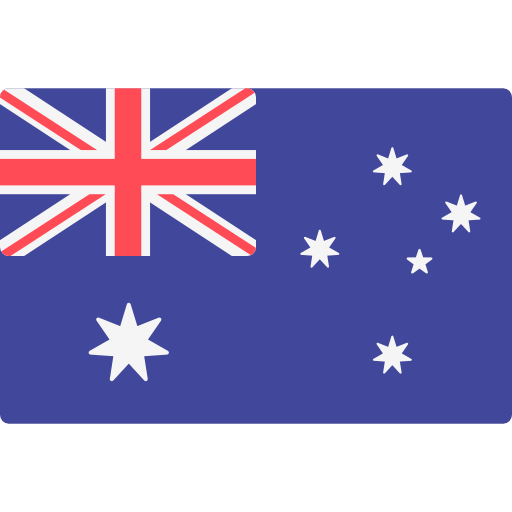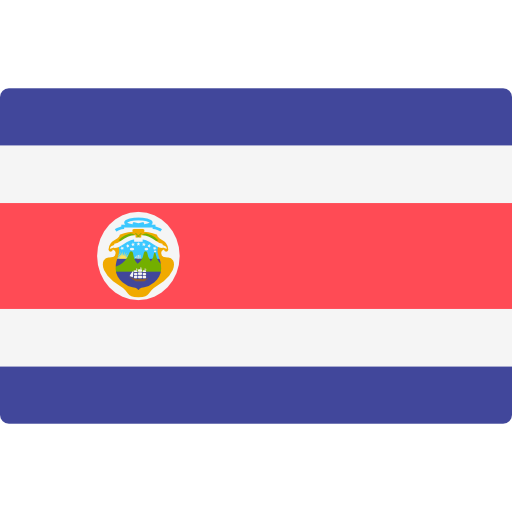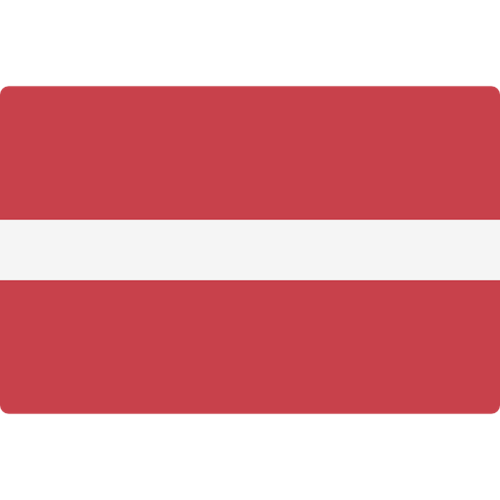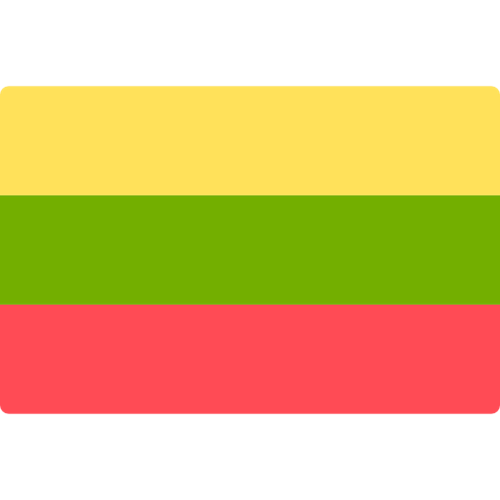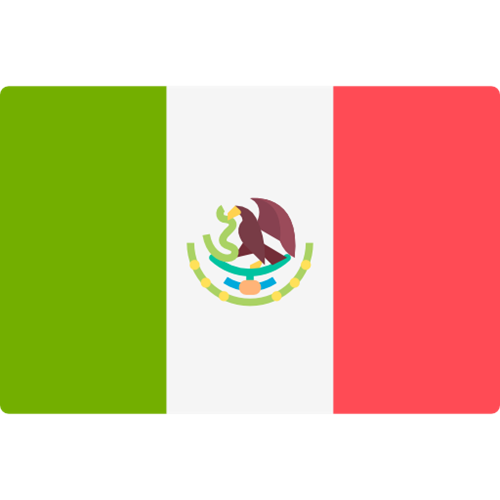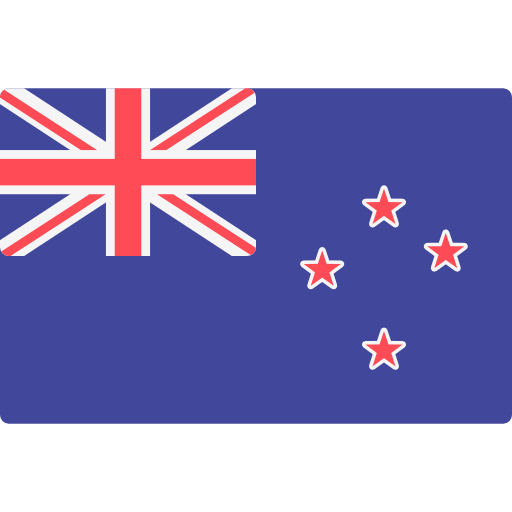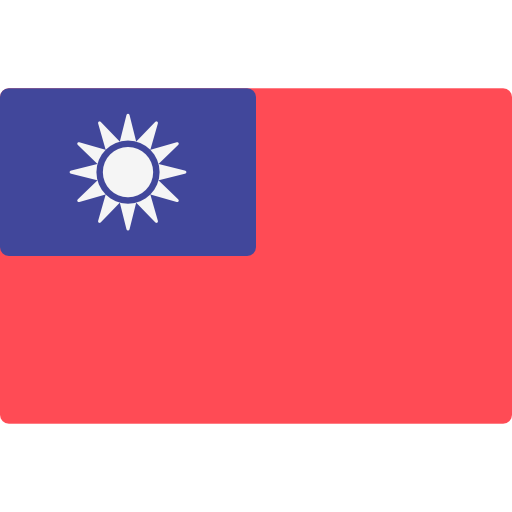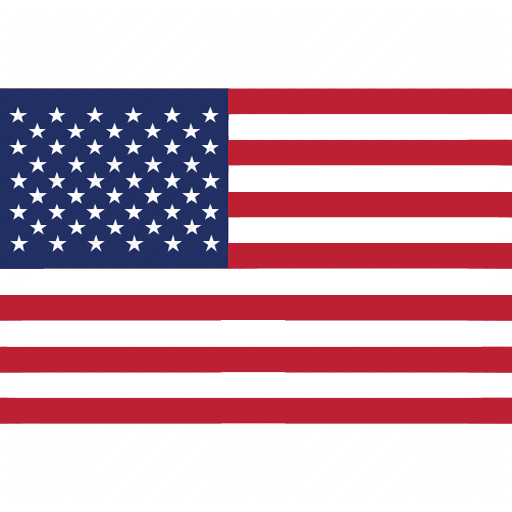7 things you need to know about fabric inspection


Receiving a consumer’s complaints about their newly purchased jackets or pants? Have you wondered if the complaints are attributed to the quality of the fabric, the most important material in your garment?
On average, around 20% of garment defects are associated with fabric defects, and this truly highlights the importance of assessing the quality of fabric pre-production. A fabric inspection can do just this and can ensure the quality of key materials from the beginning.
Fabric inspection helps understand quality in terms of colour, density, weight, printing, measurement and other quality criteria prior to the garment production. We are covering some of the basic things about fabric inspection so you can get practical tips on this, whether you are a merchandiser or a garment supplier.
1. Why is fabric inspection so important?
As mentioned above, a fabric inspection can prevent defects in the final product but there are several other reasons it is a crucial element for any factory.
Whether it is a reduction in productivity or increased overheads, garment brands/suppliers can face production challenges from defective fabric such as:
- Inconsistencies in the cuttable width will impact their fabric consumption/wastage.
- Different colour shading among rolls or within the same roll impacts product quality and requires special management during the cutting/sewing/packing and other production steps to segregate by colour shades.
- High defect rates in the fabric ( such as stains/holes etc.) will impact the consumption per garment and increase the risk of defects found in the garment.
2. What is the system used in fabric inspection?
There are several grading systems adopted for fabric inspection such as the 10-point system and the Dallas system. Among all, the 4-point system has become the most commonly adopted system for fabric inspection.
The 4-point system works on a penalty point basis and as its name has probably suggested, points are deducted from 1 to 4, with 4 points being the highest deduction for major defects.
3. What is the sampling size for the 4-point system?
Unlike product inspection which adopts AQL System (read this piece on AQL if you are interested in learning more), the sampling size is 10% of the total lots in meters per order per colour.
4. What is the penalty system of 4-point inspection?
As mentioned above, defects are graded and points are deducted accordingly. Defects for fabric are measured mostly by length. Below is a table showing the calculation of defect deduction on 4-point fabric inspection:
| Length of defect | Penalty Point |
| 7 cm or less / 3 inches or less | 1 |
| 8 to 15 cm / 3 to 6 inches | 2 |
| 16 to 22 cm / 6 to 9 inches | 3 |
| Over 22 cm / Over 9 inches | 4 |
| Holes and Openings 2.5 cm or less / 1 inch or less |
2 |
| Holes and Openings Over 2.5 cm / Over 1 inch |
4 |
When assessing, defects that are not visible on the face of the fabric are not counted, and a maximum of 4 points are deducted for any single defect on the same fabric.
5. What is the pass and fail criteria of the 4-point system?
The result is calculated by an equation below:
Points per 100 square meters =
(Total points per roll x 10000) / Length inspected (meter) x cuttable width (cm)
At Eurofins, we take 24 points per 100 square meter as the passing score, which is a moderate level of stringentness. If your fabric is of higher value, you can consider lowering the passing score to below 20.
6. What is assessed in fabric inspection?
When examining the quality of the fabric, different criteria are used by the inspectors.
Packing
The identification stickers, shipping marks, packing lists and packing quantity are checked against the requirements and specifications.
Weight
The weight of the fabric is a key indicator of the conformance of these materials. Measured mostly in GSM (grams per square), the fabric weight is a good reference of fabric density, composition and construction.
To measure the weight of a woven fabric, a sample is cut out by a circle cutter and weighed by one roll of each lot. For knit fabric, a minimum of 10% of rolls from each lot is to be examined for weight.
Conformity
Inspectors work either with fabric samples provided by clients as the comparison samples or, in the absence of fabric samples from clients, the beginning and end of the roll will be cut for conformity checking against the inspected roll.
Conformity is assessed on
- Colours
- Printing and angle gap
- Elasticity
- Hand feels, etc.
Quality
Needless to say, quality is a must to be inspected. Common defects of fabric include holes, stains, fabric bar, poor finishing, coarse yarn and running knit.
7. What will be the arrangement for defective fabric?
Depending on the seriousness of the defects, fabric might be discarded and a replacement will be required. For instance, different colour shading among rolls requires special management during cutting to segregate by colour shades.
In some other cases, defects of fabric can be avoided during the cut & sew phase as defects are marked by defect stickers clearly.
Looking to safeguard the quality of your textile goods from step one? Leverage our fabric inspection to get your production off to a great start!




© Eurofins Assurance 2025 Personal data protection policy

